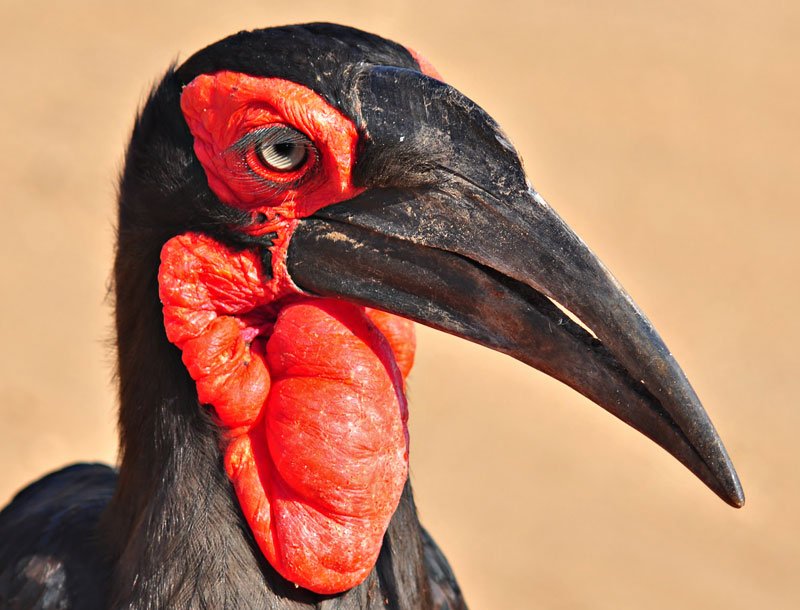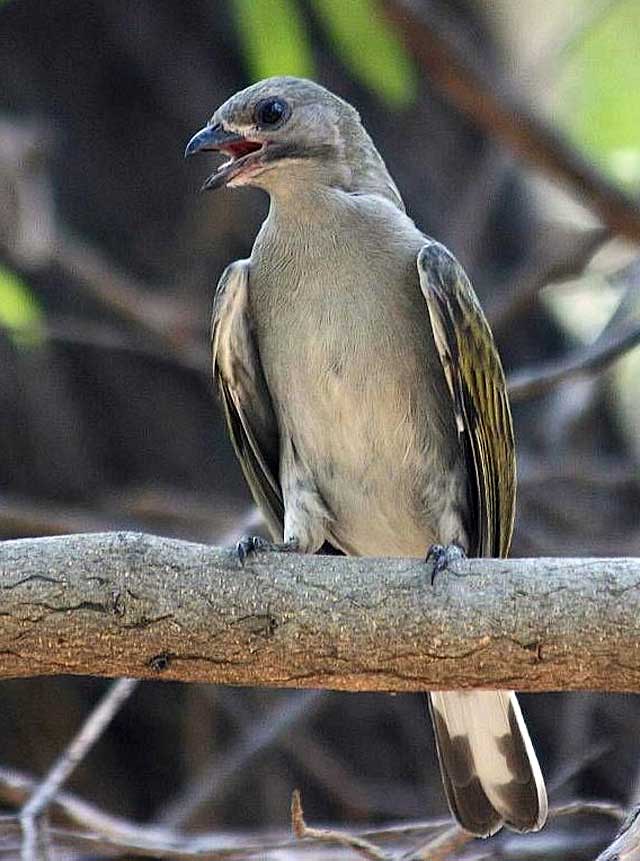Kruger Park Ground Hornbill
The Ground Hornbill in bad and better times
Ground hornbill – Bucorvus leadbeateri – or if you prefer the ‘Ingududu bird.’
Somewhat of an elusive but not a shy bird. Once you and he/she have spotted one another on good mutual grounds the hornbill will be very happy to sit and preen itself with no signs of xenophobia on its part at all.
Some pics were taken three years ago and others at the beginning of January 2016. That is why the cross reference to good and bad times because the first lot were during a luscious year and the second during this current drought.
Listed as critically endangered, it is a pleasure to do an article for these ground hornbills and bring some awareness to their plight, especially during this current drought.
Here we are dealing with the southern ground hornbill, (Bucorvus leadbeateri), not to be confused with the its only other relative in the north, namely the Abyssinian ground hornbill, (Bucorus abyssinicus).
Here is an excerpt from Wikipedia as to size and shape “This is a large bird, at 90 to 129 centimetres (35.4 to 50.8 in) long. Females weigh 2.2 to 4.6 kilograms (4.9 to 10.1 lb), while the larger males weigh 3.5 to 6.2 kilograms (7.7 to 13.7 lb). Among standard measurements, the wing chord has been measured from 49.5 to 61.8 cm (19.5 to 24.3 in), the tail from 29 to 36 cm (11 to 14 in), the tarsus from 13 to 15.5 cm (5.1 to 6.1 in) and the culmen from 16.8 to 22.1 cm (6.6 to 8.7 in).”
For the ground hornbill’s call see the video below.
Remember this bird still has to fly and fly well, even for its size. Btw, did you know this bird has large, pure white wing tips. Do you know why the white is hidden while the bird walks around and only shows black as a general rule?
The ground hornbill’s call can be heard up to 3 km (1.86 mi) away. In hilly country I have heard them a lot further than that. Their call must travel because these birds maintain themselves in groups of up to a dozen, controlling a territory of 100 square km (40 sq mi) per group.
Video run time:0:59 sec
I enjoy videos that show the details of wildlife. At the end, some white car doesn’t seem to agree with wildlife on ‘their roads!’ This is a real testimony to the soliditude of the ground hornbill. All they did was step out of the way and let the high tax payer through.











